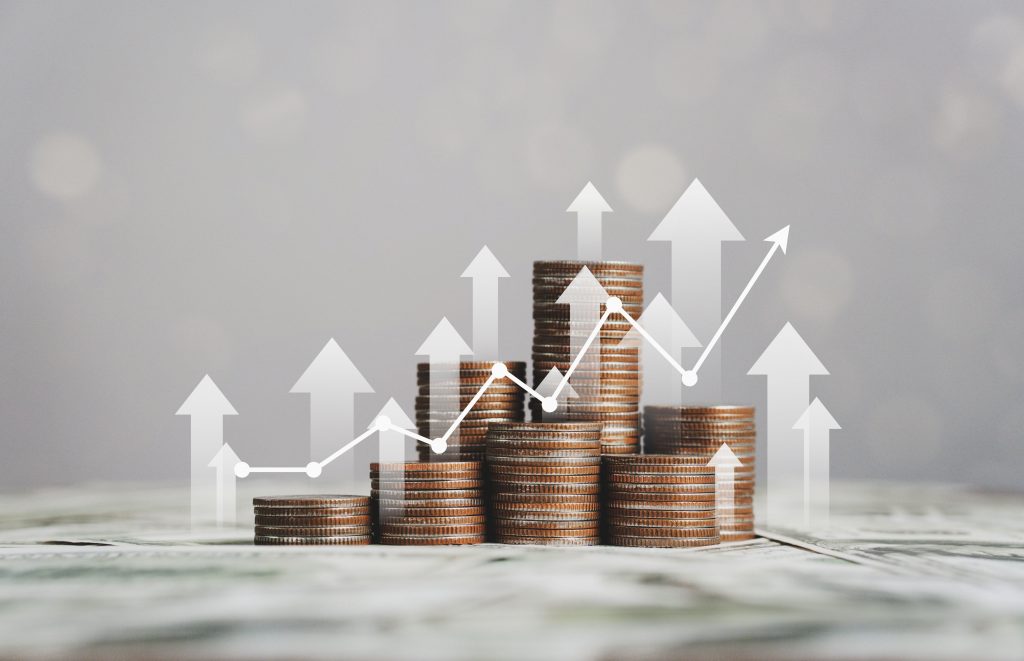You’ve got £500 to spare each month.
Should it go into a savings account earning 4% interest?
Or into investments that might grow by 7% annually but could also fall in value?
This is the dilemma millions face when planning for retirement.
The ‘safe’ option – saving – feels sensible. But will it fund the retirement you want?
The ‘growth’ option – investing – sounds appealing. But what if the markets crash just when you need the money?
The truth is, it’s not an either/or decision. Successful retirement planning needs both saving and investing, used strategically at different times for different purposes. The challenge lies in finding the right balance for your circumstances.
This guide explores when saving makes sense, when investing is essential, and how to combine both approaches throughout your retirement planning journey. We’ll help you understand which strategy suits the different stages of your life and how to adjust your approach as your retirement draws closer.
Saving vs investing – what’s the difference?
Saving means putting your money into a secure, accessible account where your capital is protected. Think cash ISAs, savings accounts or premium bonds. You know exactly what you have, can access it quickly (depending on the terms) and you won’t lose money in nominal terms.
Returns typically range from 2% to 5%, depending on the account and current interest rates.
Investing, on the other hand, involves buying assets with growth potential, such as shares, bonds, property or funds containing these. Your money could grow significantly over time, but the value can also fluctuate. You might double your money over a decade, or watch it halve in a market crash before recovering.
Many people use the terms saving and investing interchangeably, or think investing is just ‘advanced saving’.
However, they’re fundamentally different tools that serve different purposes.
Saving protects and preserves your wealth, although it’s still subject to the eroding effects of inflation. Investing can grow it.
The confusion often stems from risk aversion. Watching your investment values bounce around can feel uncomfortable, which is why many people stick with a savings account, even for their long-term goals. Yet this ‘safe’ approach carries its own risk. Inflation can quietly erode the purchasing power of your savings, year after year. However, both strategies are essential for retirement planning. So, the question isn’t which to choose, but how to use each effectively.
Saving for retirement Saving is often seen as the bedrock of financial security.
When economic uncertainty strikes or the stock markets fall, your savings will stay where you left them. If you have £10,000 in a savings account, it will still be there tomorrow, next month and next year. This certainty is essential as you approach retirement, when you can’t afford to take significant risks with money you’ll need easy access to.
So, your emergency fund should always be in savings. Three to six months of expenses in an instantly accessible account can help you avoid having to sell your investment assets at the worst possible time.
Keeping your money in savings can also suit your short-term goals. If you’re planning to upgrade your car, buy a new washing machine or gift money to your children or grandchildren, it’s easier to do it from your savings than drawing down from your investments.
Saving offers psychological benefits, too. Some people can’t sleep knowing their investments could shrink overnight. For them, the peace of mind they get from the security of their capital outweighs the potential higher returns investing can bring. After all, there’s no point chasing an extra 3% of annual returns if anxiety ruins your quality of life.
But relying solely on savings can create problems. At 3% inflation, your money will halve in purchasing power every 24 years. That means that £100,000 held in savings at retirement could buy only £50,000 worth of goods by your mid-80s.
Even worse, savings rates often fail to match inflation, meaning you’re guaranteed to lose purchasing power over time. So, while saving can protect your wealth, it won’t build it. For that, you need to invest.
Investing for retirement Investing can transform a modest monthly contribution into a substantial retirement fund through the miracle of compound growth.
A £500 monthly contribution held in savings paying 4% annual interest would be worth approximately £184,000 after 20 years. However, it could be worth £257,000 when invested at 7% average annual returns.
History supports the case for investment. Despite market crashes, wars and recessions, patient investors have been rewarded. UK equities have delivered average annual returns of 6.3% over the past 20 years. Even accounting for market volatility, long-term investors came out ahead.
The key phrase is ‘long-term’. The markets might lose one year but gain more the next year. Over days or months, investing can feel like gambling. But over decades, it’s one of the most reliable wealth-building tools available.
Without investing, most people can’t build an adequate retirement fund. While the State Pension provides a basic income to those who are eligible, you’ll still need additional income. Only investment growth can bridge the gap for most people.
Striking the right balance Your ideal saving/investing mix will likely evolve throughout your life. At 30, with 35+ years until retirement, you can take more investment risk.
However, your investment timeline often matters more than your age. For example, a 55-year-old planning to work until 70 has 15 years, enough time to weather significant market volatility. However, a 45-year-old hoping to retire at 55 has only ten years, so should take a more cautious investment approach.
As retirement approaches, transitioning from growth-focused investing to security-focused saving might be a wise strategy. That might look like having 70% of your assets invested and 30% in savings at 50, reducing it to 50/50 at 60 and 30/70 by retirement. This gradual shift can help protect your accumulated wealth against badly-timed market crashes, while maintaining some growth potential.
Also, don’t abandon investing entirely at retirement. With potentially 30+ years ahead, some growth is essential. Splitting your money into ‘buckets’ to support your retirement goals – your immediate needs in cash, medium-term in balanced funds and long-term in growth investments – is a common approach.
If it helps, picture your retirement finances as a pyramid. The foundation consists of your emergency savings and short-term needs. Without this base, the entire structure becomes unstable.
Next comes your medium-term income, perhaps five years of expenses in a mix of savings and lower-risk investments providing some growth potential.
Your long-term growth investments sit at the pyramid’s peak. This money has time to ride out any volatility in pursuit of returns that outpace inflation and build your wealth.
What happens when you retire?
Retirement planning doesn’t end when you stop working. Converting your accumulated wealth into sustainable income presents new challenges that require both savings and investments.
Savings provide flexibility for expenses such as a new car, a grandchild’s wedding or unexpected home repairs. Having cash that’s easily accessible means you won’t have to disrupt your investment strategy for these irregular costs. Such flexibility is even more valuable in retirement when your employment income can’t cover any shortfalls.
Yet your investments remain crucial throughout your retirement. Inflation doesn’t stop at 65. Your £30,000 annual income will need to grow to £40,000 within a decade just to maintain its purchasing power. Only investments offer a realistic hope of achieving this growth.
The timing of your investment returns matters in early retirement. If the markets crash just after you retire, you face a double problem. You’re withdrawing money to live on while your investments are falling in value. This combination can permanently damage your retirement fund, even if the markets recover later. It’s much worse than experiencing the same crash while you’re still working and not touching your investments.
And withdrawing your money at a sustainable rate will help provide enough income to meet your needs today, while also making sure your money lasts throughout your retirement.
The traditional ‘4% rule’ suggests withdrawing 4% initially, then adjusting for inflation thereafter. However, your retirement might require a more flexible approach, reducing your withdrawals during downturns and catching up during the good years.
The goal isn’t preserving your capital at all costs or spending recklessly. It’s about maintaining your desired lifestyle throughout your retirement, however long that proves to be. This approach requires both the security of savings and growth from investments.
<h2>How can Heathcote Financial Planning help?
Finding your optimal saving/investing balance isn’t something you do once. Life changes, markets shift and retirement draws closer. Your retirement plan must evolve accordingly.
At Heathcote Financial Planning, we can help you create a personalised strategy that reflects your circumstances. We’ll model different scenarios, showing how various saving-to-investing ratios might affect your retirement income. Our cash flow forecasting can reveal whether you’re on track to achieve your goals or need to make adjustments.
We’ll structure your investments to ensure they’re as tax-efficient as possible, while minimising your costs and maximising your growth potential. Regular reviews will ensure your strategy remains appropriate as your circumstances change. Most importantly, we provide clarity and confidence.
Retirement planning shouldn’t keep you awake at night. With our professional guidance, you’ll understand where you stand and what steps to take next. So, if you’re ready to optimise your retirement planning, book a consultation today and discover how the right balance of saving and investing can secure your financial future.
Disclaimer:
The content in this article is for educational purposes only and should not be considered financial advice. All investments carry risk; their value can go down as well as up, and you may not get back the full amount you invest. Past performance is not a reliable guide to future outcomes. Before making any investment decisions, it’s important to consult a qualified financial adviser who can assess your personal circumstances and goals. Please note that tax treatment varies depending on individual circumstances and may be subject to change in the future.
Company registration: Heathcote Financial Planning is a trading style of The Mortgage and Protection Partnership Ltd, authorised and regulated by the Financial Conduct Authority (No: 612049). Registered address: Olympus House, Olympus Park, Quedgeley GL2 4NF. Company No: 08734287.



